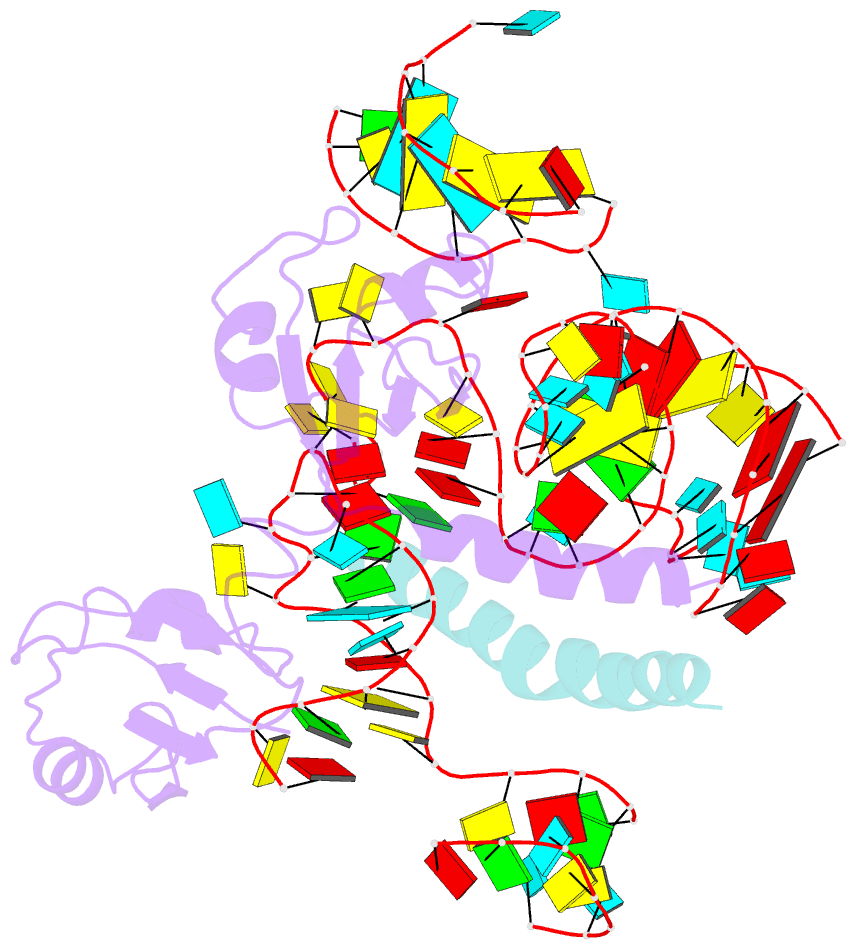Summary information and primary citation
- PDB-id
- 5osg; SNAP-derived features in text and JSON formats;
DNAproDB
- Class
- ribosome
- Method
- cryo-EM (2.9 Å)
- Summary
- Structure of ksrp in context of leishmania donovani 80s
- Reference
- Brito Querido J, Mancera-Martinez E, Vicens Q, Bochler A, Chicher J, Simonetti A, Hashem Y (2017): "The cryo-EM Structure of a Novel 40S Kinetoplastid-Specific Ribosomal Protein." Structure, 25, 1785-1794.e3. doi: 10.1016/j.str.2017.09.014.
- Abstract
- Kinetoplastids are potentially lethal protozoan pathogens affecting more than 20 million people worldwide. There is a critical need for more specific targets for the development of safer anti-kinetoplastid therapeutic molecules that can replace the scarce and highly cytotoxic current drugs. The kinetoplastid ribosome represents a potential therapeutic target due to its relative structural divergence when compared with its human counterpart. However, several kinetoplastid-specific ribosomal features remain uncharacterized. Here, we present the near-atomic cryoelectron microscopy structure of a novel bona fide kinetoplastid-specific ribosomal (r-) protein (KSRP) bound to the ribosome. KSRP is an essential protein located at the solvent face of the 40S subunit, where it binds and stabilizes kinetoplastid-specific domains of rRNA, suggesting its role in ribosome integrity. KSRP also interacts with the r-protein eS6 at a region that is only conserved in kinetoplastids. The kinetoplastid-specific ribosomal environment of KSRP provides a promising target for the design of safer anti-kinetoplastidian drugs.





